Have you ever wondered why people fuss about certain clothing choices? Throughout history, what we wear has been tangled up with strange beliefs and superstitions.
From avoiding certain colors to special wedding traditions, these clothing rules shaped how our ancestors dressed themselves.
These fascinating superstitions reveal how deeply our clothes have been connected to our hopes, fears, and beliefs about luck and protection.
1. The Deadly Green Curse
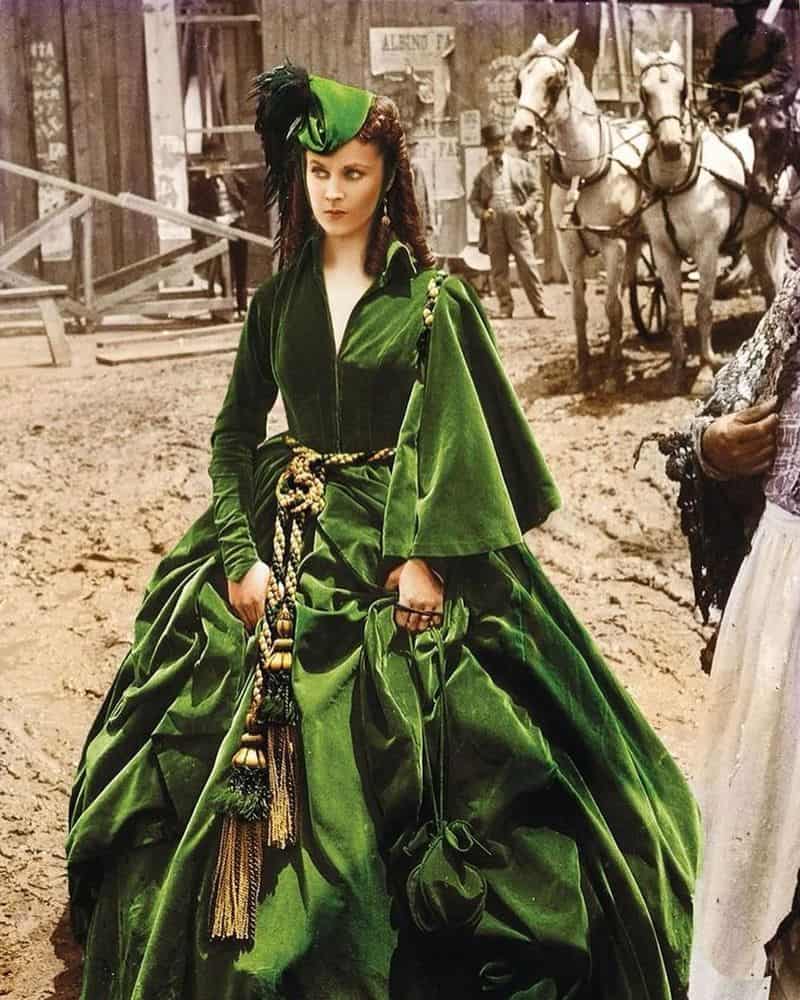
Wearing green clothing in 19th-century Cumberland, England could spark genuine panic among your friends and family. The chilling saying “wear green and you’ll soon wear black” warned that donning this color would bring death to your household.
Many refused to even touch green fabric! This superstition likely stemmed from green dyes containing arsenic, which actually poisoned wearers. Victorian-era green dyes often contained this deadly chemical, causing mysterious illnesses that reinforced the superstitious fear.
Even today, some theater performers avoid green costumes, considering them unlucky on stage – a modern echo of this centuries-old fear.
2. Lucky Inside-Out Mishaps

Accidentally putting on your shirt inside-out might seem embarrassing, but according to folklore, you should leave it that way! This wardrobe malfunction was considered a sign of good fortune heading your way.
Rural communities especially embraced this belief, with some people deliberately wearing garments inside-out before important events like harvests or weddings.
The reversed clothing supposedly confused evil spirits who might otherwise bring bad luck. Children in some European villages were dressed in inside-out clothing during illness, as parents believed this would trick disease-causing spirits into leaving their little ones alone.
3. Button Beliefs and Omens
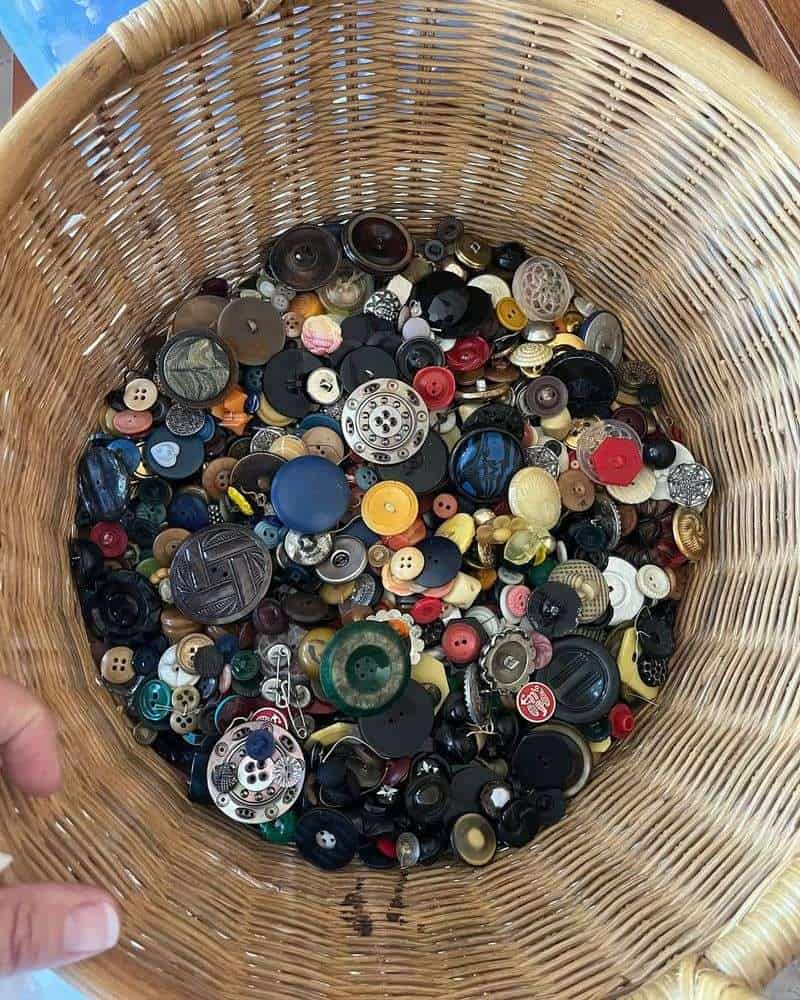
Lost a button recently? According to old superstitions, someone’s gossiping about you behind your back! This belief dates back centuries when buttons were precious items made from bone, shell, or metal.
Finding a stray button brought the opposite fortune – good luck would follow if you picked it up and kept it safe. Sailors often collected found buttons in special pouches as protection against drowning during storms at sea.
In Victorian England, mothers sewed an extra hidden button inside children’s clothing as a secret charm against illness and misfortune. Some elderly people still maintain these button traditions today!
4. Hats Off the Bed
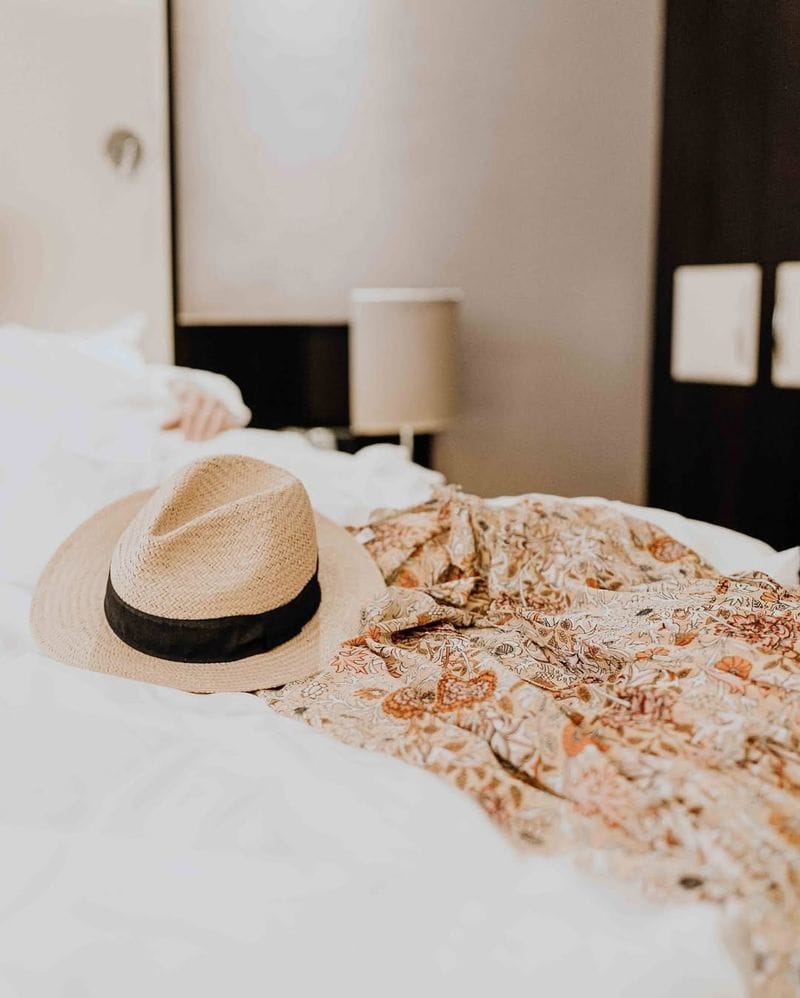
“Never place a hat on a bed!” This warning echoed through households for generations. The superstition carried serious weight – putting your hat where you sleep invited death into your home.
This belief likely originated from practical concerns. Undertakers would often place their hats on beds while measuring the deceased, creating an association between hats on beds and death.
Others suggest the fear stemmed from the possibility of lice or other parasites transferring from headwear to bedding. Many hotels still avoid hat racks near beds, and some older people remain genuinely distressed at seeing a hat placed on a bed.
5. Shoes Above Ground

Shoes on the table? You’ve just invited misfortune into your home! This widespread superstition terrified coal miners who believed this simple act foretold a mining accident or death.
The fear originated from mining communities where, after fatal accidents, the deceased’s boots would be placed on tables when bringing bodies home. Gradually, any shoes on any table became an omen of impending doom.
Modern variations exist worldwide – in Russia, sitting at a corner table with shoes underneath invites poverty, while in parts of Asia, new shoes should never touch tables or counters before touching the ground first.
6. Easter Sunday Finery
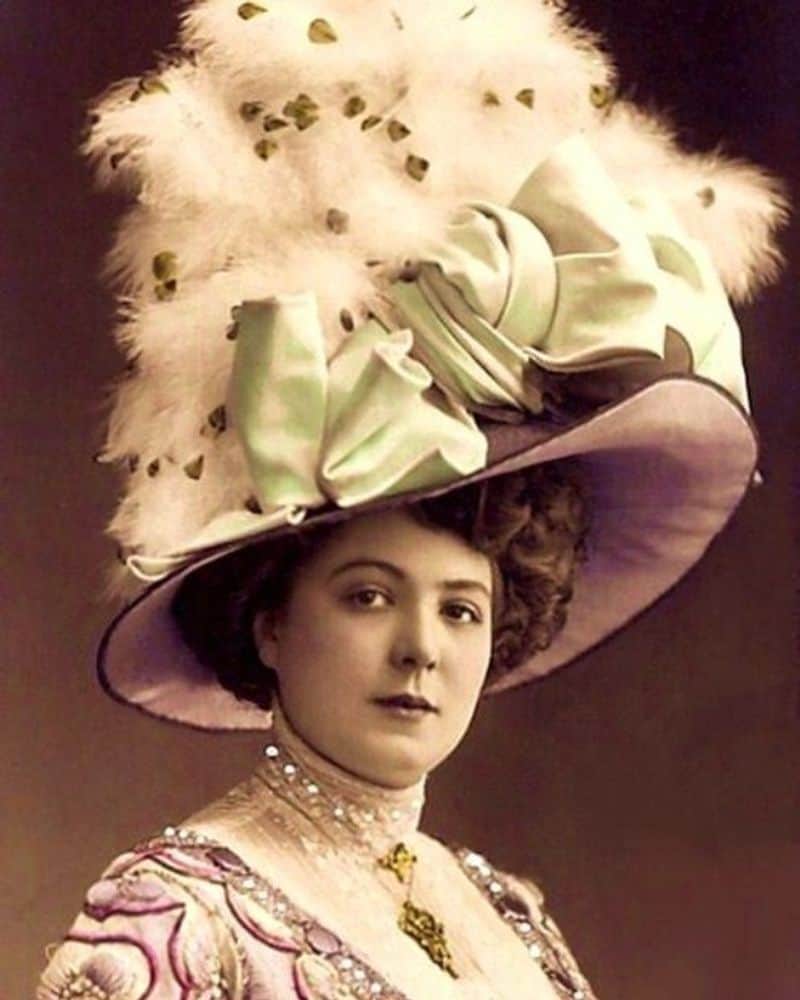
“Wear something new on Easter or bad luck will follow you all year!” This cheerful superstition encouraged people to don fresh garments for Easter celebrations, symbolizing Christ’s resurrection and personal renewal.
In medieval Europe, wearing worn-out clothes on Easter Sunday was thought to invite poverty and misfortune. Families saved all year to ensure everyone had at least one new item – even if just a ribbon or handkerchief.
The tradition evolved into the Easter parade, where communities would stroll after church services showing off their new spring attire. This clothing ritual connected spiritual rebirth with the practical celebration of winter’s end.
7. Bridal Rhyme Requirements
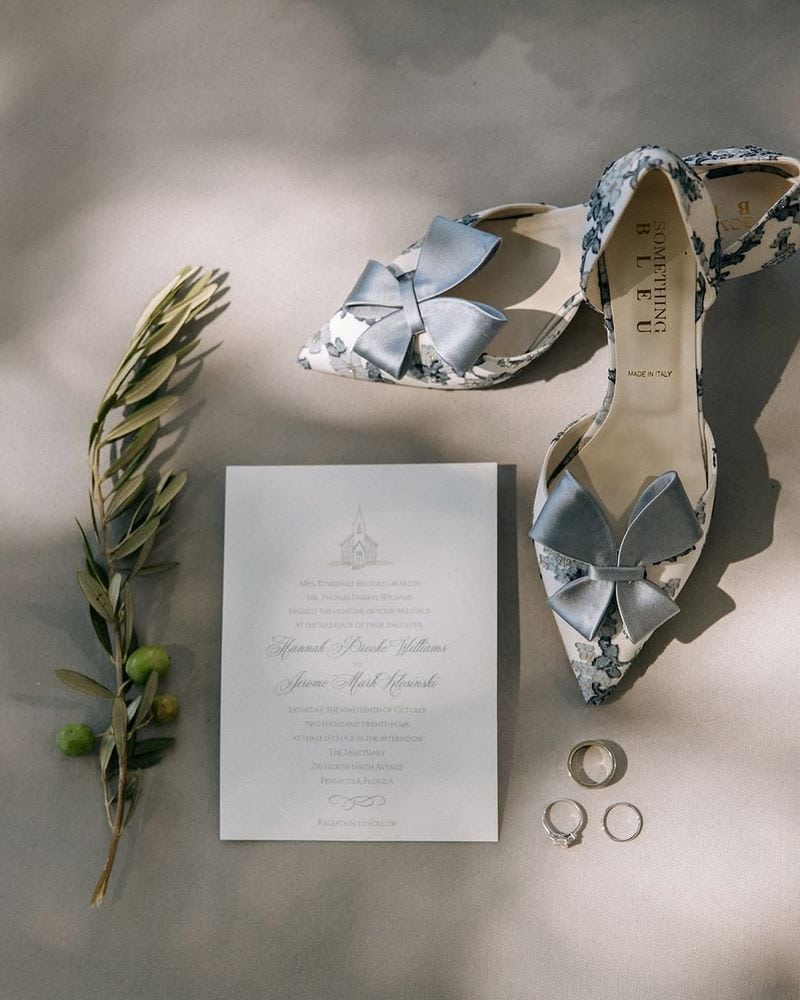
“Something old, something new, something borrowed, something blue” – this wedding rhyme has guided brides for centuries! Each element carried specific protective powers for the marriage.
The “old” item connected the bride to her family’s past and provided continuity. “New” represented optimism for the future together. “Borrowed” happiness came from a successfully married woman, transferring her good fortune. “Blue” symbolized purity, fidelity, and the Virgin Mary’s protection.
Originally, these weren’t just cute traditions but serious protective measures against evil spirits and fertility curses that might target newlyweds. The complete rhyme actually ends with “and a silver sixpence in her shoe” for financial prosperity!
8. Holey Socks, Empty Pockets

Discovering a hole in your sock wasn’t just annoying – it foretold financial troubles ahead! This superstition warned that as your sock unraveled, so would your money situation.
Practical origins likely inspired this belief. In earlier times, holes in socks indicated you couldn’t afford proper clothing or repairs, reflecting existing poverty rather than causing it. Nevertheless, the association stuck, creating anxiety whenever toes poked through worn fabric.
Countermeasures existed – some believed immediately throwing away the holey sock and buying a new pair would “reset” your financial fortune. Others insisted darning the hole before sunset would prevent the bad luck from taking effect.
9. Knotted Handkerchief Protection
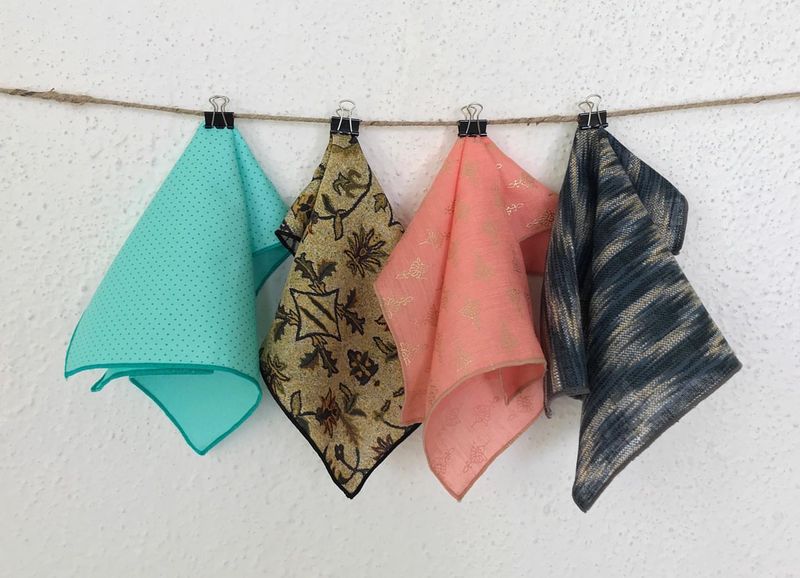
A simple knot tied in a handkerchief served as portable protection against evil forces. This widespread practice appeared in cultures worldwide, with people believing the knot’s shape confused or diverted demonic attention.
Sailors knotted handkerchiefs before voyages, while mothers tied knots in children’s handkerchiefs before their first day of school. The belief held that evil spirits traveled in straight lines and became disoriented by knots, preventing them from causing harm.
Beyond protection, knotted handkerchiefs also served as memory aids – tying a knot reminded you of important tasks, creating the phrase “tie a knot in it” for remembering something.
10. Red Clothing Lightning Danger

In the Philippines, wearing red during thunderstorms was believed to attract lightning strikes! This colorful superstition caused genuine fear, with people rushing to change clothes when storm clouds gathered.
The belief likely developed from observations that red appears especially vibrant during lightning flashes. Some communities expanded this to include any bright colors, advising wearing only dark clothing during electrical storms.
Similar beliefs existed in parts of India and South America, where red clothing was avoided during monsoon season. Modern science doesn’t support any connection between clothing color and lightning strikes, but this superstition persists in rural areas where traditional beliefs remain strong.

